About the Tour Package
The Buddhist Circuit Expedition is a 9-day guided pilgrimage designed for travellers seeking a deeper connection with Buddhism. The journey covers India and Nepal’s most important Buddhist landmarks, ensuring a seamless and meaningful experience.
The package includes guided visits to UNESCO heritage sites, spiritual meditation sessions, and comfortable stays at monasteries and hotels near sacred locations. The itinerary has been thoughtfully crafted to provide an authentic spiritual journey while ensuring comfort, safety, and convenience for travellers.
About Lord Budha
Lord Buddha, born as Siddhartha Gautama in Lumbini (modern-day Nepal) around the 5th–6th century BCE, was a prince who renounced his royal life to seek the truth of human suffering; after years of meditation and ascetic practices, he attained enlightenment under the Bodhi tree in Bodh Gaya, becoming the Buddha, or “The Enlightened One,” and spent the rest of his life teaching the path of Dharma, the Four Noble Truths, and the Eightfold Path, which emphasize wisdom, ethical conduct, and mental discipline, laying the foundation for Buddhism, a philosophy and religion that continues to inspire millions worldwide.
Trip Highlights
- Visit key Buddhist pilgrimage sites with expert guidance.
- Meditate at sacred locations where Buddha attained enlightenment.
- Explore historical ruins and monasteries that shaped Buddhist history.
- Experience cultural fusion with Hindu and Buddhist sacred sites.
- Enjoy seamless travel arrangements with comfortable accommodations.
- Bodh Gaya: Site of Buddha’s enlightenment.
- Nalanda: Ancient Buddhist university ruins.
- Rajgir: Sites connected to Buddha’s teachings and meditation.
- Kushinagar: Buddha’s final resting place.
- Lumbini: Buddha’s birthplace in Nepal.
- Sravasti: A major Buddhist site of meditation and teachings.
- Varanasi/Sarnath: The place where Buddha gave his first sermon.
What you can expect from this journey
Starting Point: Delhi (Reach via flight or train).
This itinerary takes you through the significant Buddhist sites in India, following the footsteps of Lord Buddha from his birthplace to the place of his enlightenment and final teachings.
Day 1: Delhi to Bodh Gaya (Via Flight or Train)
Option 1: Flight
- Flight Duration: ~2 hours (Delhi to Gaya Airport).
- Cab to Bodh Gaya: ~30 minutes.
Option 2: Train
- Train Duration: ~12-14 hours (Delhi to Gaya).
Afternoon:
- Arrive in Bodh Gaya, check into your hotel or monastery accommodation.
- Visit the Mahabodhi Temple, the site where Lord Buddha attained enlightenment.
Evening:
- Participate in meditation or attend a prayer session at the Mahabodhi Temple.
Stay: Bodh Gaya
Mahabodhi Temple, Bodh Gaya:
- Cultural Significance: A UNESCO World Heritage Site, this temple marks the place where Gautama Buddha attained enlightenment under the Bodhi Tree. It stands as one of the most revered sites in Buddhism.
- Architectural Features: The temple showcases intricate carvings, a towering pyramidal spire, and a sacred Bodhi Tree, believed to be a direct descendant of the original tree under which Buddha meditated.
Day 2: Explore Bodh Gaya
Morning:
- Bodh Gaya: Start the day with a visit to the Bodhi Tree, where Lord Buddha meditated.
- Explore the Mahabodhi Temple Complex and see the Animesh Lochan Chaitya, Ratnaghara, and Muchalinda Lake.
Afternoon:
- Visit the Thai Monastery, Japanese Temple, and Burmese Temple for a glimpse of the diverse Buddhist traditions.
- Meditate at the serene Sujata Stupa, marking the site where Sujata offered Buddha milk rice.
Evening:
- Attend the evening prayer session at the temple.
Stay: Bodh Gaya
Animesh Lochan Chaitya
A significant meditation site where Buddha is believed to have spent a week gazing at the Bodhi Tree without blinking.
Thai Monastery
Built by the Thai government, this monastery features traditional Thai architecture with a golden Buddha statue, reflecting the deep Buddhist ties between India and Thailand.
Japanese Temple
A peaceful temple built in Japanese architectural style, offering an immersive experience of Buddhist traditions from Japan.
Burmese Vihara
Established by Burmese monks, this temple showcases Myanmar’s Buddhist heritage and serves as a hub for meditation and learning.
Sujata Stupa
Located a short distance from the Mahabodhi Temple, this stupa marks the spot where Sujata, a village woman, offered milk rice to Buddha before his enlightenment.
Muchalinda Lake
This sacred lake is named after the serpent king Muchalinda, who is believed to have protected Buddha from a storm while he meditated.
Ratnaghara
A serene meditation site where Buddha is said to have spent a week in deep contemplation.
Day 3: Bodh Gaya to Nalanda (Via Cab)
Morning:
- After breakfast, drive to Nalanda (~1.5 hours).
- Visit Nalanda University Ruins, once the world’s first residential university and a prominent center for Buddhist studies.
Afternoon:
- Visit the Nalanda Archaeological Museum and Hiuen Tsang Memorial Hall.
- Explore Patan Devi Temple and other smaller ruins in the area.
Evening:
- Relax in Nalanda, reflecting on the rich academic history.
Stay: Nalanda
Nalanda University Ruins, Nalanda:
- Ancient Learning Center: Once housed thousands of students from across Asia.
- Museum: Contains ancient manuscripts, statues, and relics.
- Xuanzang Memorial Hall: Dedicated to the Chinese traveller and Buddhist monk Xuanzang.
Day 4: Nalanda to Rajgir (Via Cab)
Morning:
- Drive to Rajgir (~30 minutes).
- Visit Vishwa Shanti Stupa, a peace pagoda that offers panoramic views of the surrounding hills.
Afternoon:
- Visit the Griddhakuta Hill (Vultures Peak), where Lord Buddha delivered several sermons.
- Visit Saptaparni Cave, where the first Buddhist council was held.
Evening:
- Take a dip in the Hot Springs of Rajgir, known for their medicinal properties.
Stay: Rajgir
Vishwa Shanti Stupa, Rajgir:
- Peace Pagoda: A white stupa promoting universal peace and harmony.
- Buddha Statues: Four golden statues representing different phases of Buddha’s life.
- Cable Car Ride: Provides panoramic views of Rajgir’s scenic hills.
Griddhakuta Hill (Vulture’s Peak), Rajgir:
- Spiritual Landmark: The location where Buddha delivered significant teachings.
- Meditation Caves: Natural rock formations used by monks for meditation.
- Scenic Viewpoint: Overlooks the Rajgir valley with breathtaking views.
Hot Springs, Rajgir:
- Healing Properties: Believed to have medicinal and therapeutic benefits.
- Sacred Kunds: Used for ritualistic baths by devotees.
- Brahmakund: The hottest spring, revered for its spiritual significance.
Day 5: Rajgir to Kushinagar (Via Cab/Train)
Option 1: Cab
- Drive Duration: ~7-8 hours (Rajgir to Kushinagar).
Option 2: Train
- Train Duration: ~7 hours from Rajgir to Gorakhpur, followed by a cab ride to Kushinagar (~1 hour).
Afternoon:
- Arrive in Kushinagar, the place where Lord Buddha attained Parinirvana (final Nirvana).
- Visit the Mahaparinirvana Temple, housing a large reclining Buddha statue.
Evening:
- Visit the Ramnagar Stupa and reflect on the life of Buddha.
Stay: Kushinagar
Mahaparinirvana Temple, Kushinagar:
- Cultural Significance: This temple is dedicated to the site where Lord Buddha attained Mahaparinirvana, his final liberation from the cycle of birth and rebirth.
- Architectural Features: The temple enshrines a 6-meter-long reclining Buddha statue, carved from a single block of sandstone, symbolizing Buddha’s final moments.
Day 6: Kushinagar to Lumbini (Via Cab)
Morning:
- After breakfast, drive to Lumbini, Nepal (~5-6 hours).
- Visit Lumbini Garden, the birthplace of Lord Buddha.
- Explore the Maya Devi Temple, which marks the exact spot of Buddha’s birth.
Afternoon:
- Visit the Ashoka Pillar, erected by Emperor Ashoka to mark the sacred site.
- Explore the various international monasteries in the area, including those built by Japan, Korea, and Thailand.
Evening:
- Attend a meditation session or enjoy peaceful surroundings.
Stay: Lumbini
Maya Devi Temple, Lumbini:
- Cultural Significance: The exact birthplace of Lord Buddha, this temple holds immense religious importance for Buddhists worldwide.
- Architectural Features: The temple houses ancient ruins dating back to the 3rd century BCE, along with a sacred pond where Queen Maya Devi is said to have bathed before giving birth to Prince Siddhartha.
Ashoka Pillar, Lumbini:
- Historical Monument: Built by Emperor Ashoka to mark Buddha’s birthplace.
- Inscriptions: Ancient inscriptions denoting the significance of the site.
- Nearby Monasteries: Various Buddhist monasteries built by different countries.
Day 7: Lumbini to Sravasti (Via Cab)
Morning:
- After breakfast, drive to Sravasti, India (~5-6 hours).
- Visit Angulimala Stupa and Jetavana Monastery, one of the most important Buddhist monasteries.
Afternoon:
- Explore the Bodhi Tree at Jetavana Monastery, where Buddha spent many years teaching and meditating.
- Visit the Sravasti Archaeological Site and see remnants of ancient Buddhist monastic life.
Evening:
- Reflect on the Buddha’s teachings and enjoy a peaceful evening in the area.
Stay: Sravasti
Jetavana Monastery, Sravasti:
- Cultural Significance: One of the most important Buddhist monasteries, where Buddha spent many rainy seasons and delivered several teachings.
- Architectural Features: The site contains ruins of ancient stupas, meditation halls, and a Bodhi Tree, a direct descendant of the original Jetavana Bodhi Tree.
Day 8: Sravasti to Varanasi (Via Cab)
Morning:
- After breakfast, drive to Varanasi (~6 hours).
- Visit the Kashi Vishwanath Temple, a significant pilgrimage site for Hindus, to understand the spiritual importance of the area.
Afternoon:
- Explore Sarnath, the place where Lord Buddha gave his first sermon after attaining enlightenment. Visit the Dhamek Stupa, Chaukhandi Stupa, and the Archaeological Museum.
Evening:
- Participate in the Ganga Aarti at Dashashwamedh Ghat.
Stay: Varanasi
Ganga Aarti at Dashashwamedh Ghat, Varanasi:
- Grand Ritual: Performed by priests with fire lamps and chanting.
- Ganges River Blessings: Considered auspicious for spiritual purification.
- Divine Atmosphere: A mesmerizing experience for devotees and tourists alike.
Day 9: Varanasi to Delhi (Via Flight/Train)
Morning:
- Take an early morning boat ride on the Ganges River for a spiritual experience.
- Visit Assi Ghat and Tulsi Ghat for further exploration.
Afternoon:
Fly from Varanasi to Delhi (~1.5 hours) or take a train (~12 hours).
Assi Ghat, Varanasi:
- Meditation and Yoga: A hub for spiritual seekers.
- Sunrise Boat Rides: A tranquil experience along the sacred river.
- Cultural Events: Frequent spiritual discourses and cultural gatherings.
Inclusions:
- Accommodation in handpicked hotels and monasteries.
- Daily breakfast and select meals.
- Guided sightseeing and meditation sessions.
- Comfortable transport arrangements.
Exclusions:
- International airfare.
- Personal expenses, such as tips and shopping.
- Travel insurance and visa fees (for Nepal).
- Optional activities are not mentioned in the itinerary.
Q- What is the best time to book for buddhist circuit tour package?
Ans. October to March offers the best weather conditions for travel and sightseeing.
Q- Is the buddhist circuit tour suitable for solo travelers?
Ans. Yes, Yatra Veda provides a safe and enriching experience for solo travelers.
Q- Are meals included in the buddhist circuit tour package?
Ans. Daily breakfast and select meals are provided. Vegetarian and Jain options are available.
Q- Do I need a visa for Nepal?
Ans. Indian citizens do not require a visa, but foreign travelers must check visa requirements.
Q- Can I customize my itinerary?
Ans. Yes! We offer customizable packages based on your preferences.
Q- Are all sites wheelchair accessible?
Ans. Most major sites, including Mahabodhi Temple and Nalanda, offer wheelchair access.

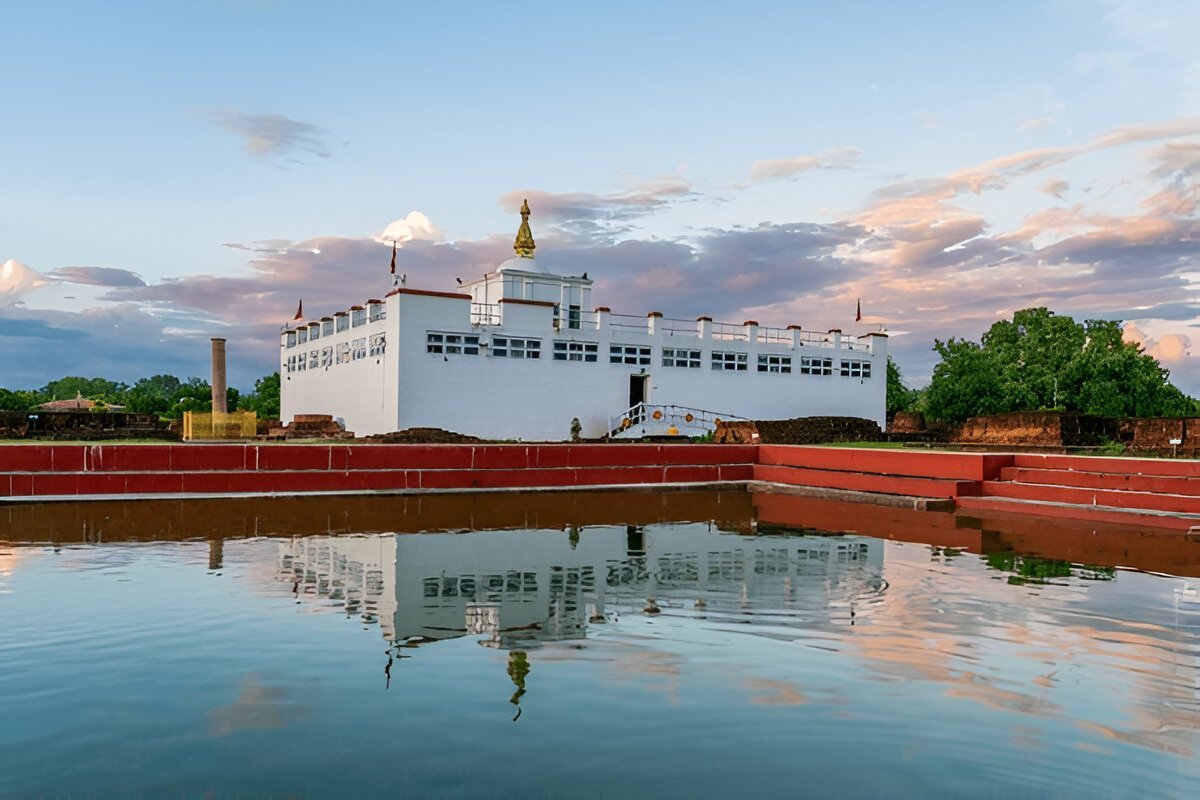
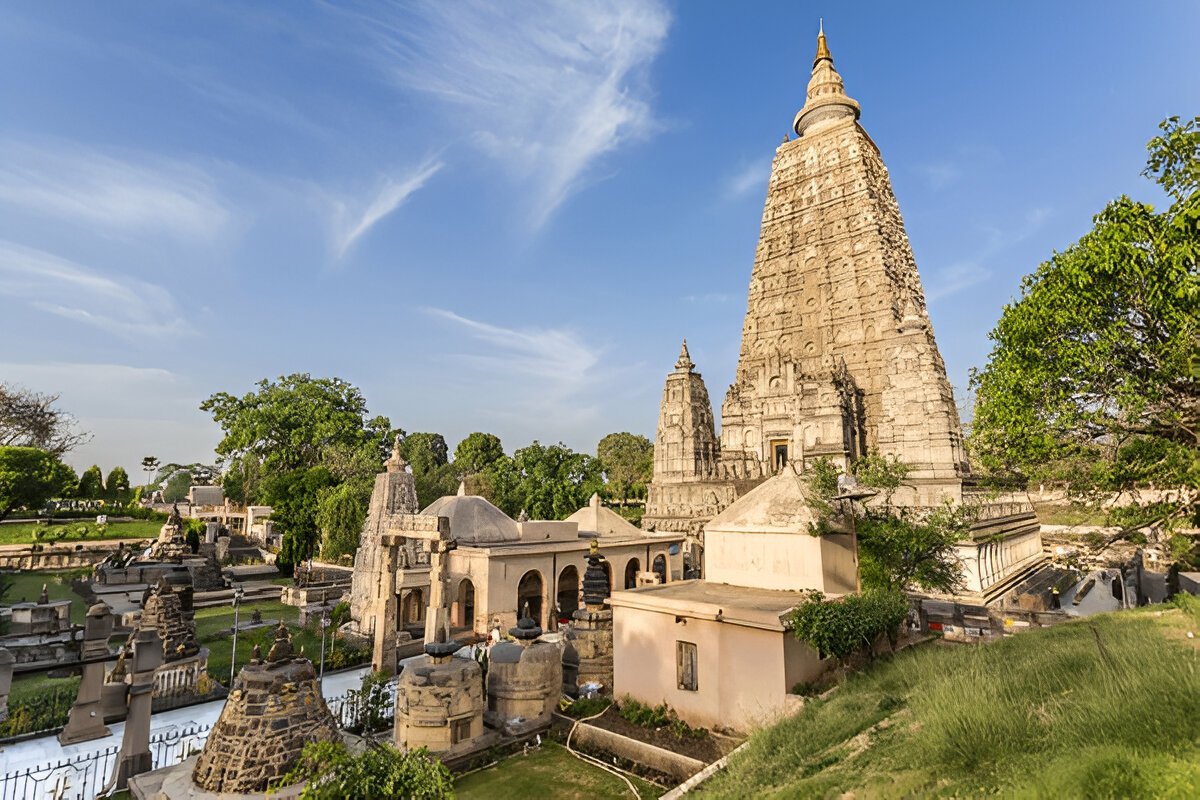
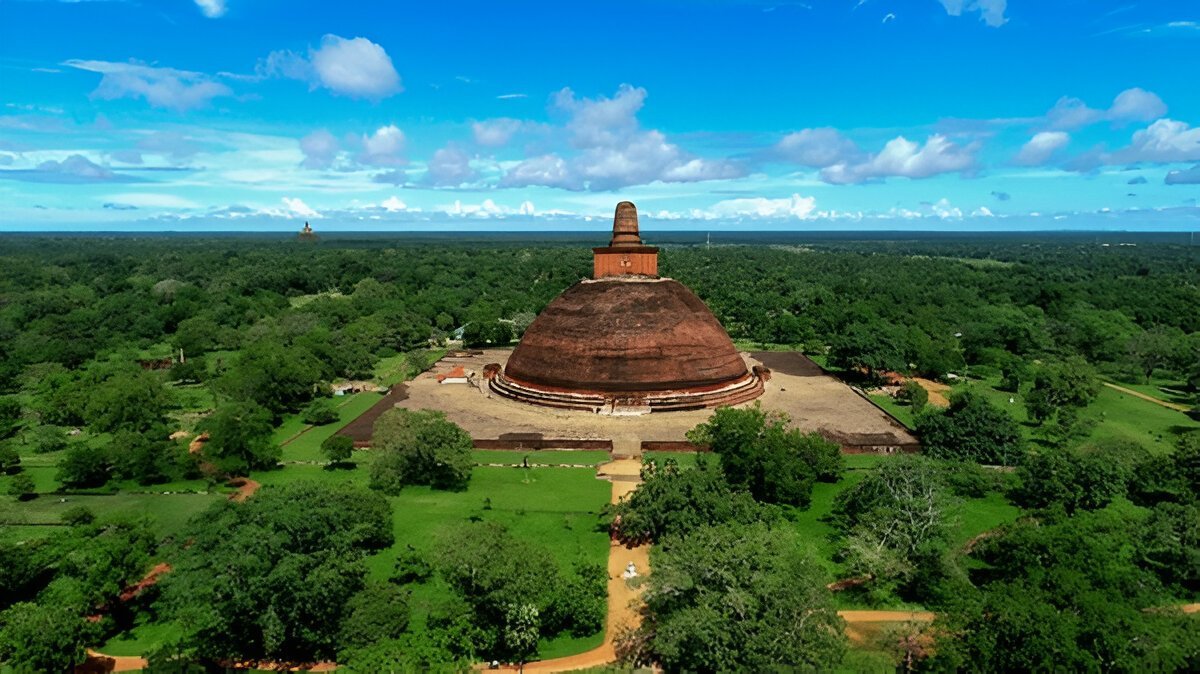
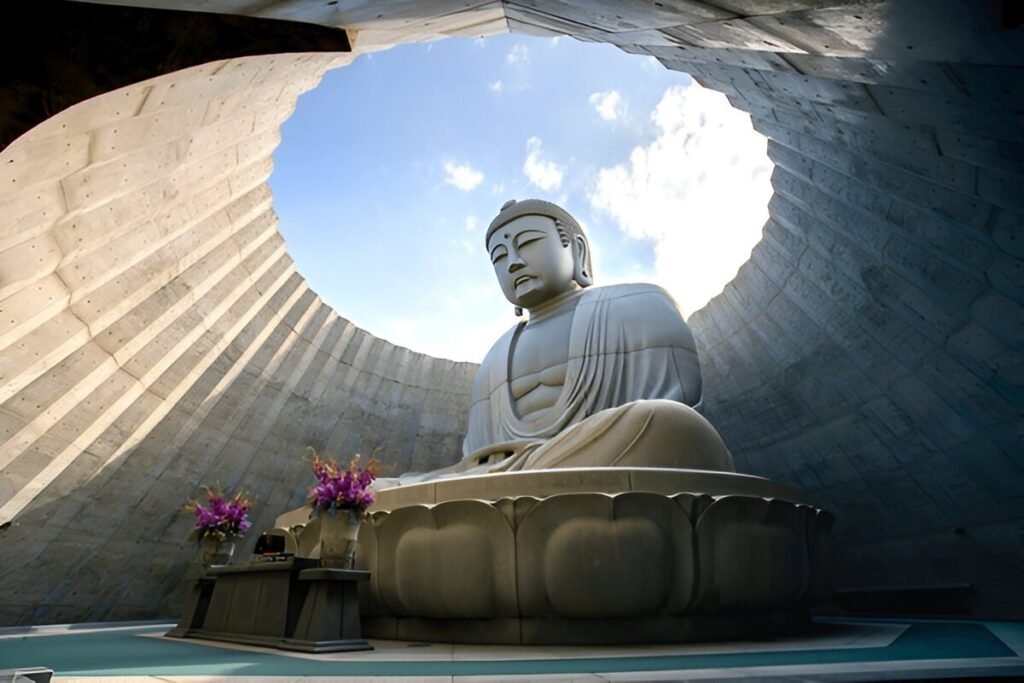

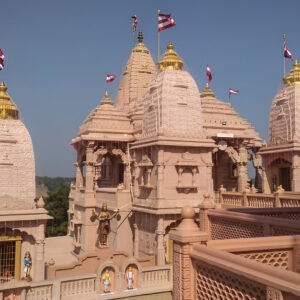
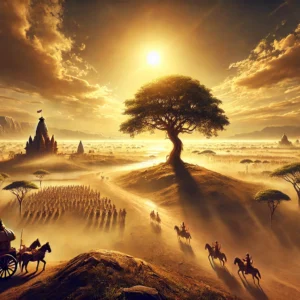
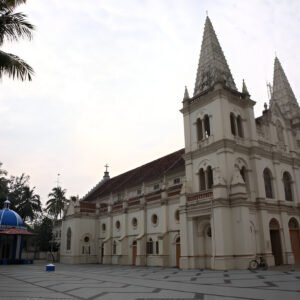
Reviews
There are no reviews yet.